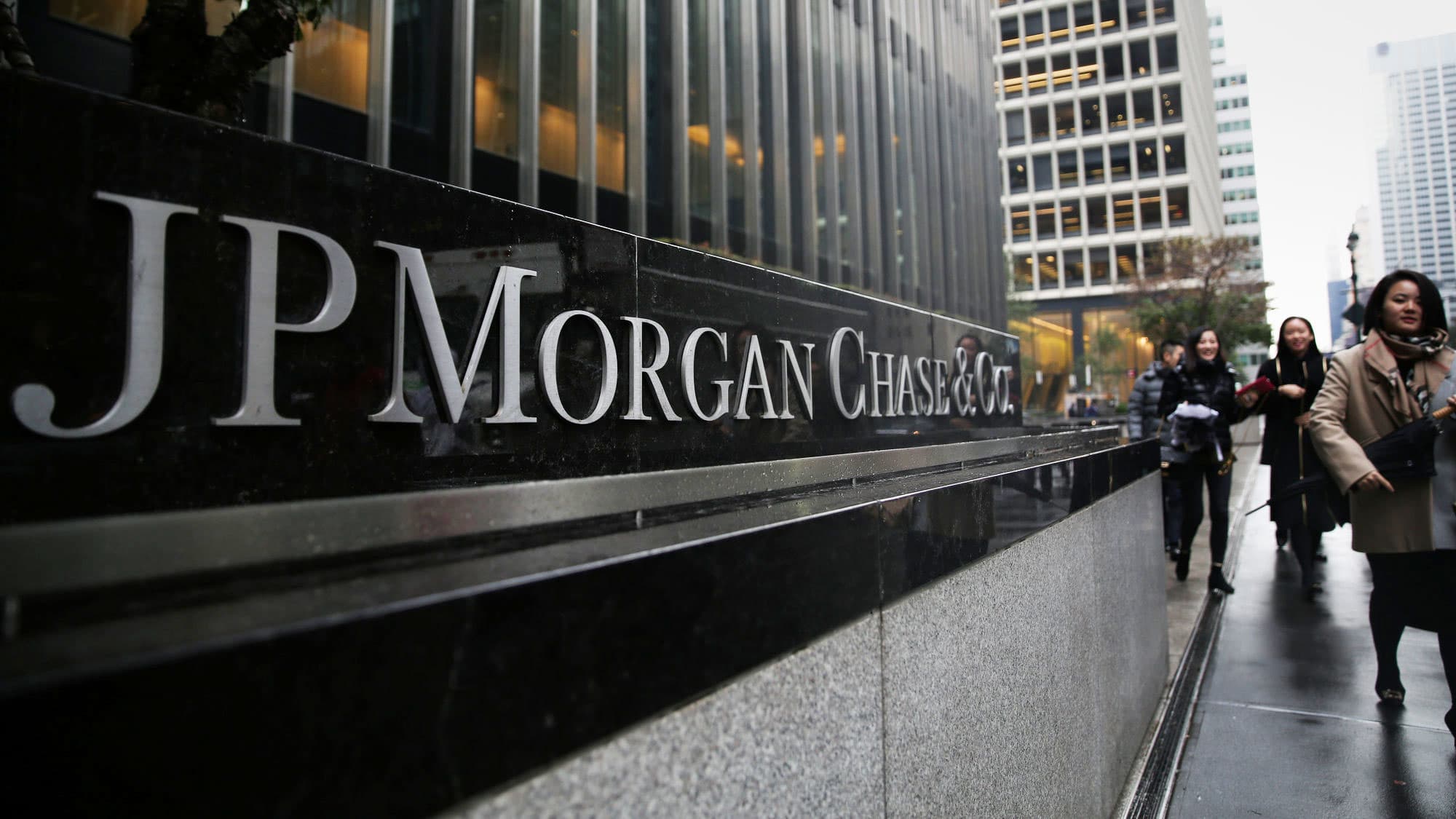Daniel Pinto, head of the corporate and investment bank at JPMorgan Chase & Co.
Simon Dawson | Bloomberg | Getty Images
As Wall Street prepares for more of its traders and bankers to return to offices next month, a shift underway at JPMorgan Chase may have lasting implications for the entire industry.
Workers in the firm’s corporate and investment bank, an industry heavyweight with 60,950 employees, will cycle between days spent at the office and at home, keeping the ability to work remotely on a part-time basis, according to Daniel Pinto, head of the massive division and co-president of the biggest U.S. bank by assets.
“We are going to start implementing the model that I believe will be more or less permanent, which is this rotational model,” Pinto told CNBC in a Zoom call from London, where he is based. “Depending on the type of business, you may be working one week a month from home, or two days a week from home, or two weeks a month.”
The coronavirus pandemic forced Wall Street to send most of its employees home in March, and apart from skeleton crews that never left the trading floor, that is where most of them stayed. Now, banks are preparing for more people to return after Labor Day, according to executives at lenders and technology vendors. At Citigroup, some managers have begun sign-up sheets to gauge demand for a September return, according to people with knowledge of the situation.
One factor motivating the migration: The possibility of in-person learning at New York schools in the fall means that some parents are coming back to their primary homes after months away from the city. Another factor: Some people are simply weary of working from home, and some executives are seeing a strain on productivity after months of remote work.
The announcement by JPMorgan, the world’s biggest Wall Street bank by revenue, could pressure other financial firms to offer similar arrangements. Banks are in constant warfare with each other over talent, and the industry often moves in lockstep when it comes to perks and pay. This means that, even in a post Covid-19 world, remote work isn’t going anywhere.
`Everybody’s game plan’
“It’s in everybody’s game plan now, where it wasn’t before,” Tim Carmody, chief technology officer of IPC, said of the new hybrid approach to work. Banks are upgrading their systems now to give traders the same experience and tools wherever they toil, leaning on vendors including IPC, the leading maker of trading turrets on Wall Street. JPMorgan and Goldman Sachs are clients.
At JPMorgan, the move is seen as a way to give employees flexibility that didn’t exist before the pandemic proved that people could be effective away from the office. The firm’s traders and bankers are on a roll this year, notching record trading results and maintaining the bank’s standing atop the investment banking fee tables.
Of course, the move is also necessitated by social distancing requirements that mean buildings can safely contain, at most, half of the people they used to. JPMorgan’s trading business is already testing the new work model, and investment bankers and other areas in the division will start soon, Pinto said. In New York, the firm’s buildings are at roughly 10% capacity over all, while trading businesses are closer to 30% capacity.
The exact schedules will be determined business by business, Pinto said. Outside the investment bank, certain workers like branch tellers will have to continue working on-site, he said.
In May, Pinto told Citigroup analyst Keith Horowitz that he “could envision” a rotational system for workers as one of several scenarios. Since then, Pinto said he became convinced it was the right path, for a few reasons.
The shift will probably make the bank more resilient to future shocks, including another surge in coronavirus cases, because every employee will be able to quickly move to remote work if needed, he said.
And it coincides with the bank’s sustainability goals, Pinto said: “A lot of companies are thinking alike, and a rotational model would put less pressure on public transportation in big cities.”
Shrinking real estate?
The new paradigm is likely to keep the bank’s tech workers busy: They will have to create new tools to manage remote workers and track productivity, Pinto said. And the move will accelerate the hot-desking trend, where employees use temporary stations, he said.
“Instead of going to your desk and sitting in the same place every day, companies will gravitate to more flexible seating,” Pinto said.
But that trend, and the shift to a permanent population of remote workers across industries, could impact the commercial real estate market in and around major cities. New York landlords and property managers have been pleading with financial firms including Goldman and BlackRock to hasten the return of workers, Bloomberg reported.
If roughly one-quarter of a company’s employees are working remotely at all times, as JPMorgan estimates could be the case for its corporate and investment bank, firms could see less need to maintain their expensive real estate portfolios.
JPMorgan could even shutter backup trading floors located outside New York and London, as Pinto suggested might happen. Backup sites include offices in Iselin, New Jersey and Basingstoke, England.
“We have all these empty buildings that are recovery sites,” Pinto said. “You don’t really need the bulk of those, because if people can work from home very effectively, you don’t need to have recovery sites.”
